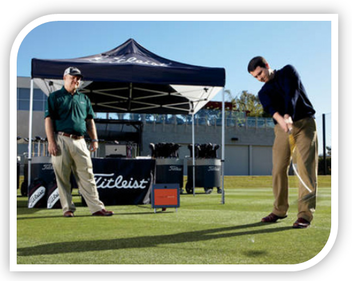 2. WHAT TO LOOK FOR IN A FITTER You have already heard me say "a good fitter should...." a couple of times. That is because it is so critical to get good advice about your equipment. If you have been fitted in a net, indoors, without a launch monitor, and the fitter didn't ask you many questions about your ball flight goals, the chances are you have wasted your time, and more importantly, a lot of money. There are plenty of guys out there just fitting to help turn over their golf store inventory. Some of the things to look for when you look to make an appointment are: a) Does your fitter have a launch monitor? Technology such as TrackMan (especially), FlightScope Launch Monitors and others really help the fitter validate what he sees in your ball flight. It helps him record information and show you the data, compared to the "desired" ball flight goal. If your fitter has invested in technology, then he is serious about the business you are giving him. b) Does your fitter have a good fitting cart with a variety of heads and shafts to try? c) Does your fitter have specific fitting qualifications and experience? Most good manufacturers will invest in training good professionals who are committed to fitting, and give them official certification. 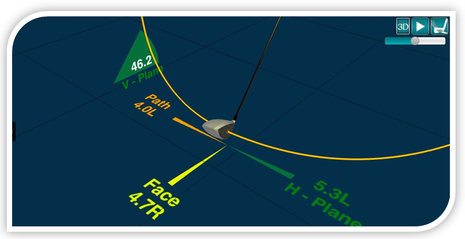 Not all good fitters are PGA-qualified professionals, whether they are or not is not as important as knowing that your fitter understands ball flight cause and effect really well; this is an undeniable advantage in fitting. d) Golf balls/ Driving Range: If your fitter using "floaters" on a driving range with water, for example, it can make it difficult to get consistent data to analyze. Those balls are very light and do not compare to say a ProV1 in performance. Apples and oranges! A good range with a grass tee is also very helpful, so you can see what wind does to a ball flight, or how a club interacts with the turf. A mat is not ideal when judging how a club performs through the turf which is a very important part of how fairway metals/hybrids, irons and wedges will "feel" when you play a golf course. You can't take that mat with you on Saturday morning! e) Time: a really thorough fitting session can take a lot of time, depending on how many factors are involved and which category of equipment you want fitted. I have spent as much as an entire day with a tour player getting wedges dialed in, and as little as 15 minutes. Generally speaking, though, if it is the entire bag you want fitted, two sessions of an hour would be a good benchmark. If the fitting professional wants you to pay for the time, and he's got all of the above to offer, it is probably worth it. 3. MYTHS AND COMMON FITTING MISTAKES There are so many, but here are a few of the common ones we see in almost every session: Driver Shaft Length: The longer the better? Right? Wrong. Most players on the PGA Tour use either 45" or 44.5" shaft lengths. Most amateurs we see (including some very good ones) come along with 45.5" and 46" shafts. They have difficulty hitting the center of the face consistently, lose a lot of ball speed and lose shot control. Lie Angles: "I need a flat lie because I'm short. Right?" Not necessarily. What matters is what happens at impact, how the club performs through the turf, and how the lie angle affects your ball flight (back to those goals again!) Bounce: With wedges in particular, bounce is your friend! Bounce can give you more margin for error with chipping, pitching and bunker play. Most golfers we fit need at least one wedge in their bag with more bounce. Much depends on your pitching technique, and the turf/sand conditions where you play. Your fitter should be asking you questions about it and watching you hit from turf and sand. In general, if you take a sizable divot more bounce can help; a small divot then medium or low bounce can help. There's nothing stopping you having one wedge of each for variety. Many of the best players in the world have high bounce set-ups in their wedges so exploiting bounce does not imply a lack of ability or skill. Standard Specifications: From manufacturer to manufacturer "standard" specifications can vary greatly! There is no standard lie, loft, length, or weight anymore So, please refrain from telling your fitter you use "standard specs." Take your full set along to a fitting session so he can see for himself. Set Composition: It's very important for a fitter to evaluate what is the best set composition for your game. It is critical not to have huge gaps in yardages. Common mistakes are big gaps in the wedge system. More than 6 degrees in a gap is probably too much. Many pitching wedges from sets are now as low as 42 degrees, leaving huge gaps to the traditional sand iron. Also long irons that don't fly a playable trajectory are a common issue. If you haven't tried a hybrid yet you should consider one. Wedge Shafts: Lightweight shafts are designed to help create speed and generally make the ball fly higher. That may suit you in general play but it is very undesirable for your scoring shots from, say, 60 yards in. You are looking for accuracy and trajectory control aren't you? Be careful especially with your sand and lob wedges; they might need to be different to the rest of your set. Golf Ball: Again, it is the only piece of equipment you use on every shot. So many people just use whatever is in their bag or buy "pond balls" which do not suit their game. That is a serious mistake. Ask your fitter what is a suitable golf ball to help you achieve your ball flight goals, and most importantly, gives you control around the greens on scoring shots. Golf Shafts: "Lighter is better”, right?". Not necessarily. Lighter usually means a higher ball flight and less control. If that is what you want to help your game, all right. It is incredibly hard to know what to use when there are just so many options available. But, to help you achieve your ball flight goals (again I mention this) it is crucially important to know and understand what each shaft is designed to do. Your fitter will help break through the confusing clutter. 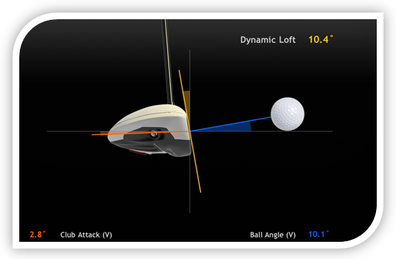 Loft: "If I use an 8.5 degree it will go further than my 9.5 degree, right?" For most people it will quite likely just go closer to the trees! Not enough loft can result in technical errors like falling back on the trailing foot in the downswing, even amongst the best players. That is where a PGA qualified fitter can help. He will know that. If in doubt, use more loft, and enjoy the fairway, but your fitter can find the ideal loft/ head combination for you. This may vary greatly between model and manufacturer (there is no standard!). Being properly fitted should be easier for you now. It is a fundamental investment in your improvement. You should no longer need to tinker all the time and waste money on the latest fad so tell your spouse it is going to save you money! Now watch your "luck" improve! Great golfing! Anthony Sinclair PGA (Australia) Comments are closed.
|
Archives
June 2019
|
Proudly Supported By
Copyright © 2011 - 2018 Pro Tour Golf College
Website Managed By Golf Performance Media
All Rights Reserved
Website Managed By Golf Performance Media
All Rights Reserved
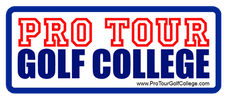
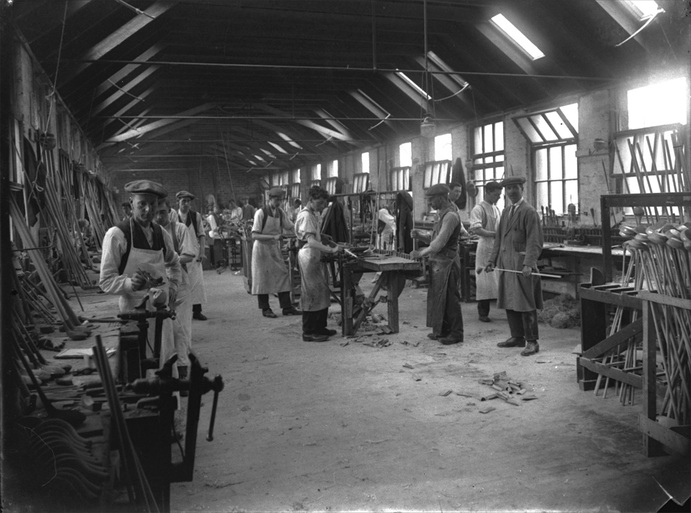

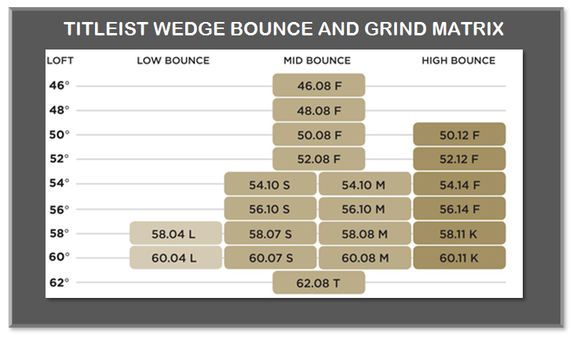
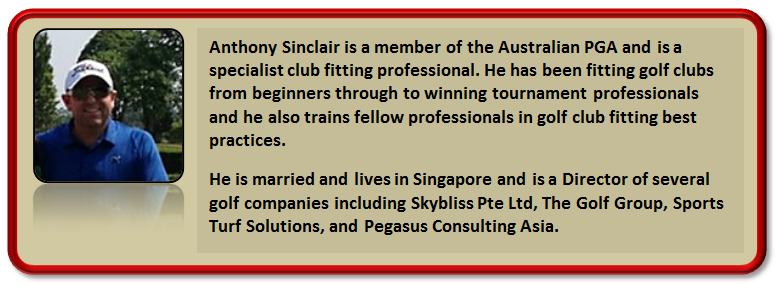
 RSS Feed
RSS Feed



